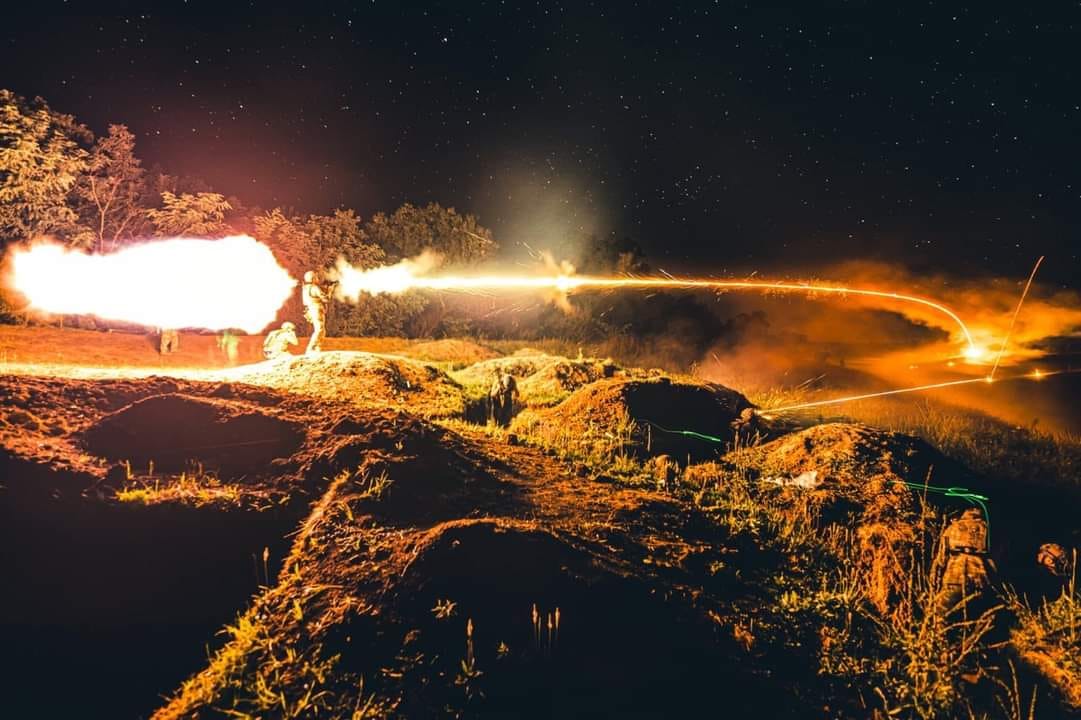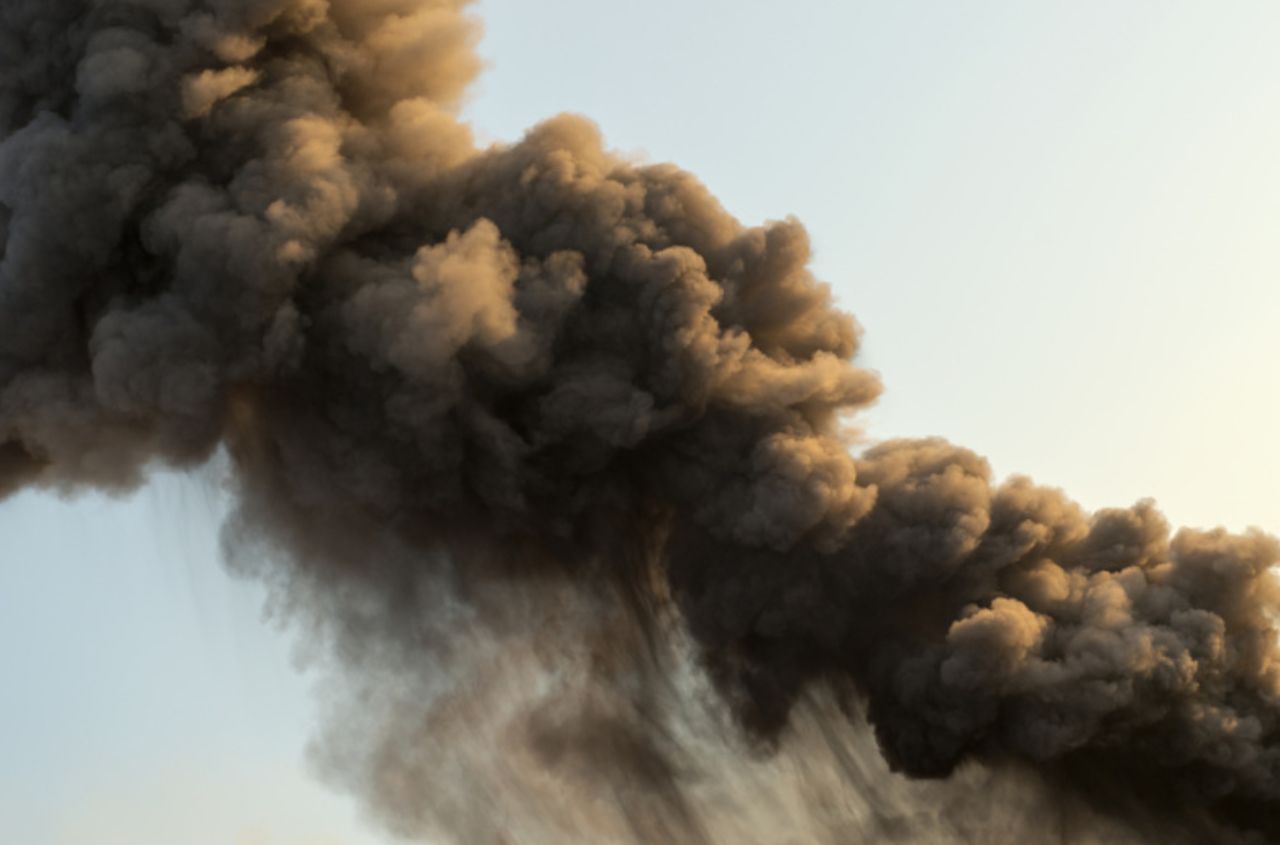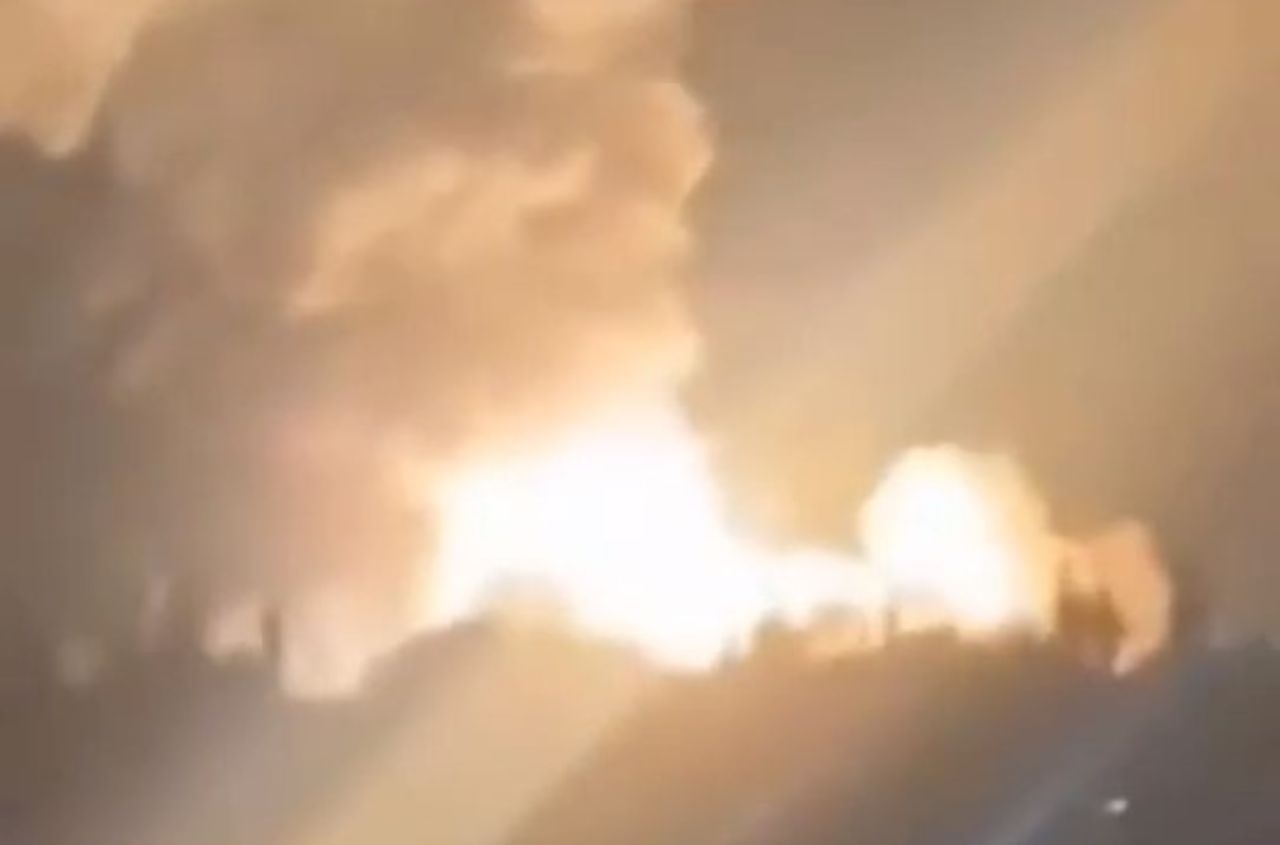Military-political analyst Alexander Kovalenko responded to the question of whether Russia is capable of preparing for a major offensive by spring 2024.
"Starting from the second half of 2022, the Russian occupying forces have lost their offensive potential for operations on a wide front. In other words, by the summer of last year, the Russian army was so depleted that it couldn't conduct a wide-front offensive, only narrow directions and locations," he wrote.
According to him, one of these narrow directions was Bahmut.
"The small town is the main achievement of the Russian occupation forces since the second half of 2022, and even that is a highly disputed achievement that the Russian occupiers lose daily, like sand slipping through their fingers. Meanwhile, despite having numerical superiority in personnel, equipment, and the ability to launch missile strikes, Russia couldn't hold onto the captured territories. After losing its offensive potential, questions arose about the completeness of its defensive capabilities," Kovalenko said.
The expert assures that this question remains relevant today.
"With significant defensive lines fortified like no other modern war in the Zaporizhzhia region, a numerical superiority over the Ukrainian Armed Forces of three times or more, Russia is still forced to deploy reserves and even strategic reserves, losing defensive positions. Russia is sending almost everything to Ukraine to compensate for losses, and even that is not enough to offset what they are losing. The combat effectiveness of this entire mass is in decline," the analyst noted.
He reminded that since the end of June, the Russian command decided to simulate an offensive along the Lyman-Kupyansk axis.
"They have been simulating for two months now, and what's the result? Two groups of troops, totaling 100,000 people, are stuck in place without achieving any significant results. In the South, 150,000 people can't hold defense, and in the East, 100,000 people can't advance in three narrow directions. So, how many people does the Russian army need to successfully launch an offensive? For instance, in 2022, 300,000 were mobilized, and what was the result? None at all. Offensive potential isn't just about personnel; it's also about their skills, and beyond skills, it's about the technical component. And Russia doesn't have the capability to form new units, armies, strike groups that would correspond to offensive functionality. For instance, they might gather 500,000 people. What's 500,000 personnel? That's 625 combined arms brigades. And for these 625 combined arms brigades to launch a successful offensive, they must be equipped with 6,875 tanks, 20,625 armored vehicles, 7,500 pieces of field artillery and multiple rocket launch systems, and so on. Can Russia provide all of this by spring? No," Kovalenko wrote.
According to him, currently, the occupiers are losing an average of 600 units of artillery per month, while the Russian defense industry can reactivate around 200 to 300 units per month. Russia can send around 100 to 150 tanks of various modifications, primarily T-62 and T-54/55, to the conflict zone per month.
"At present, the Russian defense industry is not working to supply new units but feverishly compensating for losses. In 2022, the Russian occupying forces lost the ability to conduct offensives on a wide front, and in 2023, their limitations on narrow fronts were confirmed," the analyst added.





















